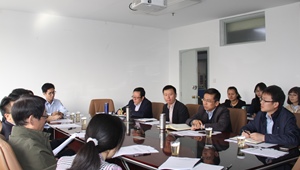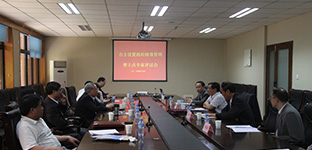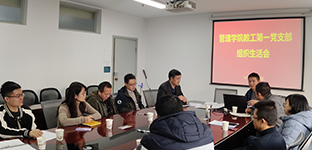Local interests or centralized targets? How China’s local government implements the farmland policy of Requisition–Compensation Balance
题目:Local interests or centralized targets? How China’s local government implements the farmland policy of Requisition–Compensation Balance
作者:
Xiaoqiang Shen (兰州大学/ Lanzhou University)
Liping Wang(浙江大学/ Zhejiang University)
Cifang Wu(江西财经大学/ Jiangxi University of Finance and Economics)
Tiangui Lv(浙江农林大学/ Zhejiang A & F University)et al.
期刊:
Land Use Policy(影响因子3.089)
Volume 67, September 2017, Pages 716-724
英文摘要:
The Requisition Compensation Balance of Farmland (RCBF) is a strict policy in China aimed at controlling farmland conversion and replenishing farmland loss caused by urban expansion through a set of top-down quotas. These conflict with local interests, since land conversion from agriculture to construction is a key tool by which local governments, attract investment and raise fiscal revenue. How should local authorities respond to this centralized policy? This paper presents a framework "quantity quality productivity environment" to investigate local governments' coping strategy and the holistic performance of the RCBF. The empirical study indicated that local jurisdictions placed economic and financial growth first and continued expropriating farmland on a large-scale, including land of high quality, for development. However, impelled by compulsory quotas and supervision from governments at higher levels, local authorities would partly replenish the quantity loss through farmland exploitation, regardless of the quality of the new cropland and the possible environmental impact. Consequently, fast requisition and unqualified compensation undermined the capacity of regional agricultural output. We suggest that the RCBF is not capable of guaranteeing food security, whilst farmland supplementation threatens the local environment.
中文摘要 :
占补平衡是中国最严厉的耕地保护政策之一,通过由上往下的配额严控城市扩张侵占耕地和强制地方政府补偿因建设占用减少的耕地。但这一政策与地方利益是冲突的。农用地非农化是地方政府增加收入和吸引投资的重要工具。在这种情况下,地方政府会如何应对这一政策?本文建立了包含“数量—质量—产出—生态”的分析框架,以全面评估这一政策的实施绩效和地方政府在耕地保护中的履职情况。结果显示,案例区地方政府形成了“经济发展与财政收入>耕地数量>耕地质量和生态环境”的优先权序列,会为了地方利益继续大规模占用耕地,包括优质耕地。但上级政府对数量的监管力度较大、而成本较低。因此,地方政府又会通过农用地开发弥补部分数量损失,但不顾新增农用地的质量及生态环境影响。结果,占多补少和占优补劣共同侵蚀地区农业产出能力。最终,占补平衡政策对于维护粮食安全的作用有限,农地开发却又给生态环境安全带来威胁
网页链接:http://www.sciencedirect.com/science/article/pii/S0264837715301952?via%3Dihub





















